Search
Search Results
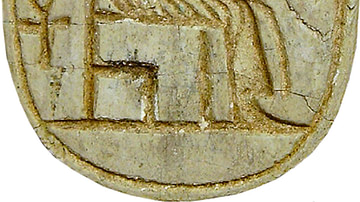
Article
The Egyptian Amulet: Pious Symbols of Spiritual Life
Material Objects & Cultures Material objects convey volumes about the people who possessed them. Cultures and societies in every generation are in part classified - either correctly or incorrectly - by the objects or symbols they...
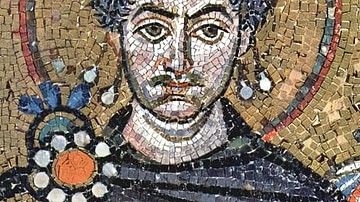
Article
Justinian's Plague (541-542 CE)
During the reign of the emperor Justinian I (527-565 CE), one of the worst outbreaks of the plague took place, claiming the lives of millions of people. The plague arrived in Constantinople in 542 CE, almost a year after the disease first...
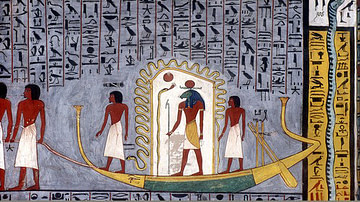
Article
The Pyramid Texts: Guide to the Afterlife
The Pyramid Texts are the oldest religious writings in the world and make up the principal funerary literature of ancient Egypt. They comprise the texts which were inscribed on the sarcophogi and walls of the pyramids at Saqqara in the 5th...

Article
The Plague at Athens, 430-427 BCE
In the second year of the Peloponnesian War, 430 BCE, an outbreak of plague erupted in Athens. The illness would persist throughout scattered parts of Greece and the eastern Mediterranean until finally dying out in 426 BCE. The origin of...
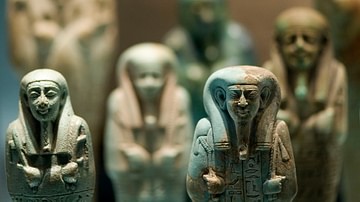
Article
Shabti Dolls: The Workforce in the Afterlife
The Egyptians believed the afterlife was a mirror-image of life on earth. When a person died their individual journey did not end but was merely translated from the earthly plane to the eternal. The soul stood in judgement in the Hall of...
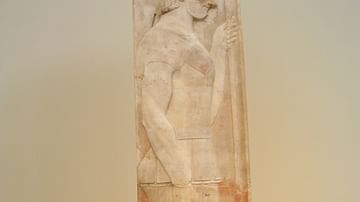
Article
The After-Life In Ancient Greece
In ancient Greece the continued existence of the dead depended on their constant remembrance by the living. The after-life, for the ancient Greeks, consisted of a grey and dreary world in the time of Homer (8th century BCE) and, most famously...

Article
Game Review: A Plague Tale: Innocence
A Plague Tale: Innocence is a true masterpiece of interactive storytelling. The video game (console versions on Amazon, PC version on Steam) takes the player back to medieval France. The country is troubled by both the Hundred Years' War...
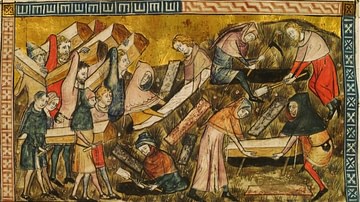
Lesson
Plagues in History: Activity for Online Teaching
This activity has been designed to fit a 30-45-minute slot for your class. It can be used by any teacher and educator and is suitable for online teaching. Included in this pack: Vocabulary exercise Text comprehension questions...

Collection
Plagues in History
Plagues have swept through humanity ever since communities have gathered together in concentrated groups. In this collection of resources, we look at just some of the pandemics that raged throughout Antiquity and the Middle Ages, from the...
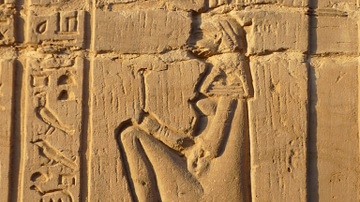
Collection
Medicine in the Ancient World
In the ancient world the gods were often held responsible for one's good health and making offerings to them, reading out spells or wearing amulets was a common way to make sure illness stayed far away but there soon developed a whole body...